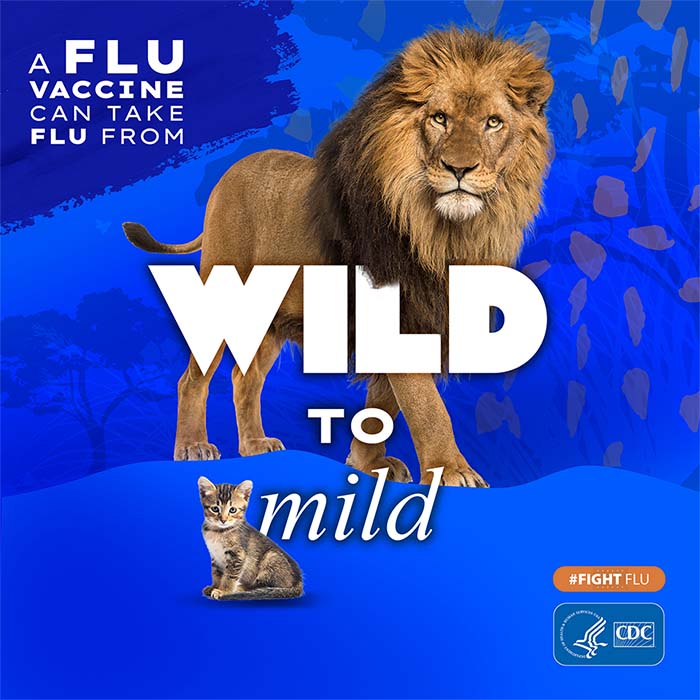Preventing the Spread of Flu in the Workplace
10 Tips for Preventing the Spread of Flu at Work
Flu Vaccine Finder

Find flu vaccines in your area.
Everyone 6 months of age and older needs a flu vaccine.
Employees are a crucial resource at any business. There are steps you can take now, and during the flu season, to help protect the health of your employees.
- Encourage all employees to get up to date on their recommended vaccines, including getting a seasonal flu vaccine each fall. CDC recommends everyone 6 months and older get an annual flu vaccine.
- Consider hosting a flu vaccine clinic at your workplace, if possible. Provide resources to employees about where they can get a flu vaccine in their community. The vaccine finder application is a free online service to search for vaccines in your area.
- Develop and review sick leave policies that encourage sick workers to stay at home without fear of any reprisals.
- Advise all employees to stay home if they are sick until both are true: symptoms are getting better overall and at least 24 hours have passed after fever* (temperature of 100 degrees Fahrenheit or 37.8 degrees Celsius or higher) is gone without the use of fever-reducing medicines.
- Sick employees should be asked to go home. Employees who appear to have flu symptoms upon arrival or become sick during the workday should be promptly separated from others and asked to go home.
- Develop other flexible policies to allow workers to telework (if feasible) and create other leave policies to allow workers to stay home to care for sick family members or care for children if schools close.
- Instruct employees who are well, but who have a sick family member at home with the flu, that they can go to work as usual. These employees should monitor their health every day, and notify their supervisor and stay home if they become sick. Employees who have a certain underlying medical condition or who are pregnant should promptly call their health care provider for advice if they become sick.
- Provide resources and a work environment that promotes preventive actions to reduce the spread of flu. For example, provide tissues, no-touch trash cans, hand soap, and/or hand sanitizer.
- Provide workers with up-to-date information on flu risk factors and preventive actions. For example:
- Encourage respiratory etiquette by:
- Providing education and reminders about covering coughs and sneezes with tissues, and
- Providing easy access to tissues and trash cans.
- Encourage hand hygiene by providing:
- education and reminders about washing their hands, and
- easy access to running water and soap or alcohol-based hand rubs.
- You can improve air quality by bringing in fresh outside air, purifying indoor air, or gathering outdoors. Cleaner air can reduce the risk of exposure to viruses.
- Clean frequently touched surfaces, such as countertops, handrails, and doorknobs regularly can help reduce the spread of respiratory illnesses.
- More information is available about core and additional prevention strategies.
- Provide resources and education about employees who may be at higher risk for serious flu complication, such as pregnant women or adults with a chronic medical condition such as asthma, heart disease, or diabetes. Flu vaccination is especially important for people at higher risk of flu complications. People at higher risk for flu complications should seek medical attention right away if they do become sick with flu.
Footnote
*Many authorities use either 100 (37.8 degrees Celsius) or 100.4 F (38.0 degrees Celsius) as a cut-off for fever, but this number actually can range depending on factors such as the method of measurement and the age of the person, so other values for fever could be appropriate. CDC has public health recommendations that are based on the presence (or absence) of fever. What is meant by this is that the person’s temperature is not elevated beyond their norm.
